We see strategy as a business tool that touches every corner of your organization… from sales to product development and right down the hall to member services and human resources. What we do here only matters if it has an impact there (and there, and over there).
There are plenty of ways to get from point A to point B. So many, in fact, that it’s easy to get lost if you don’t have a solid plan to keep you on course. So before we jump to solving, we’ll get down to the business of understanding your business—who the players are, what’s at play, and why it matters. We start with getting to know you and work outward toward your audience. We use business tools like SWOT analysis, audits, and research to get there.
We recommend that strategy inform tactics, not the other way around. What works for some doesn’t always work for others.



